
Image credit: http://www.bloomingcosmetics.lk/
Now that we've already tackled the different skin types (oily, dry, combination, and sensitive) in detail, let's move on to the natural remedies for dry skin on the face. It's quite a long blog that's why I'm gonna divide it into three parts.
Dry skin is one of the leading causes of premature skin aging. Thisis because as the skin loses its moisture and elasticity, it begins to flake and peel. Visible signs of wrinkling also start appearing. So without further adieu, here is the first part of my natural dry skin remedies.
Oils
These different oils will help bring back the moisture and elasticity of your dry skin.
Coconut oil
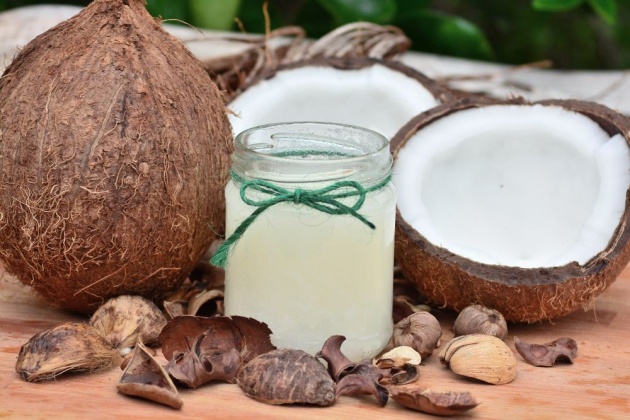
Image Credit: moho01 via Pixabay
Coconut oil helps replenish the skin's dwindling natural fatty acid reserve as it is rich in healthy fatty acids. It's also so easy to use it. Simply apply virgin coconut oil on the dry parts of your skin until it is totally absorbed. Do this at least once a day or as needed. If you don't have coconut oil, baby oil and vegetable oil have the same effect.
Jojoba oil
Our skin produces sebum, the body's natural oil. This is also responsible for making our skin soft and moist. However, people with dry skin don't produce enough of this. Fortunately, jojoba oil closely resembles the structure of sebum which makes it an excellent natural moisturizer. Aside from that, this oil promotes new skin cell while getting rid of skin flakiness. And on top of that, it also has anti-inflammatory properties that help soothe the skin. Argan oil is a great alternative to jojoba oil.
To use jojoba oil, you will need:
- 1/2 teaspoon jojoba oil
- 2 cups warm water
- A washcloth
What you need to do:
- Soak the washcloth in warm water. Place it over your face and wait for 5-7 minutes before removing.
- Apply and gently massage jojoba oil onto your face in a circular motion.
- Keep massaging your face in upward motions for a few minutes until the oil is fully absorbed by the skin.
- Wipe off any excess oil with the washcloth.
While this is a good way to bring back the moisture of your skin, do not overdo it as you may end up having an oily skin in place of your dry one. To be on the safe side, apply jojoba oil on your skin only once or twice a week.
Olive oil
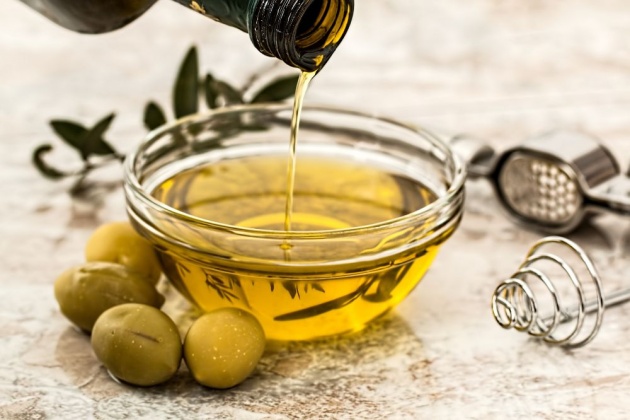
Image credit: stevepb via Pixabay
Olive oil is not just a healthy food source, it also has moisturizing properties that help nourish the skin. It also contains polyphenols that help counteract the damages caused by the harmful UV rays of the sun.
To use olive oil, you will need:
- 2 teaspoons extra virgin olive oil
- 1-2 drops of lavender oil
What you need to do:
- Combine the olive oil and lavender oil.
- Apply and massage this concoction into the skin.
- Wipe excess oil with a washcloth.
You can do this every night right before hitting the sack. If you want, you may also want to use a tiny amount as a leave-in moisturizer. Alternatively, you can use cypress oil, grapeseed oil, and black seed oil instead of lavender oil.
Just a word of caution though. Lavender oil, if used in large volumes or undiluted, can irritate your skin.
Almond oil
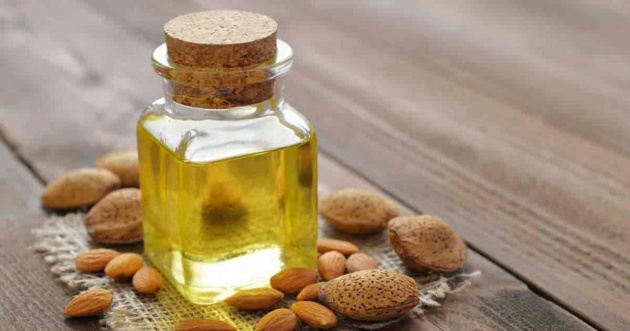
Image credit: https://ohsimply.com/
Almond oil has moisturizing properties and has the ability to improve skin tone and complexion--which is why it has been used to treat dry skin for centuries.
To use almond oil, you will need:
- 4 tablespoons sweet almond oil
- 2-3 drops of geranium essential oil
What you need to do:
- Combine the almond and geranium essential in a sterile bottle.
- Shake the bottle well to thoroughly mix the two oil together.
- Use this mixture as ypur moisturizer.
Do this every night for best results. Ypu can also use rosehip oil, flaxseed oil, or flaxseed oil as a substitute for geranium oil.
Vitamin E oil
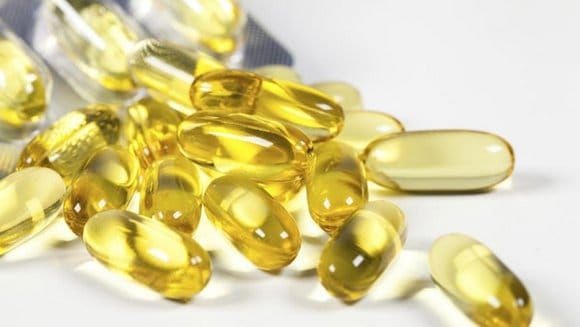
Image credit: https://www.wiseshe.com/
Vitamin E oil is a tried and tested remedy for severe dry skin as it helps battle scaly skin, skin aging, and other dry akin related problems. It also locks in the skin's moisture to keep it hydrated--but that's not all. The antioxidants found in this oil help you achieve a brighter and clearer skin tone and complexion.
To use vitamin E oil, you will need:
- 1-2 vitamin E capsules
What you need to do:
- Pierce the capsules and empty the oil on a clean bowl.
- Massage the oil all over your face or on affected areas for a few minutes and leave on the face overnight.
- Rinse your face in the morning.
Evening primrose oil capsules can also be used the same way to manage your dry skin.
Petroleum Jelly
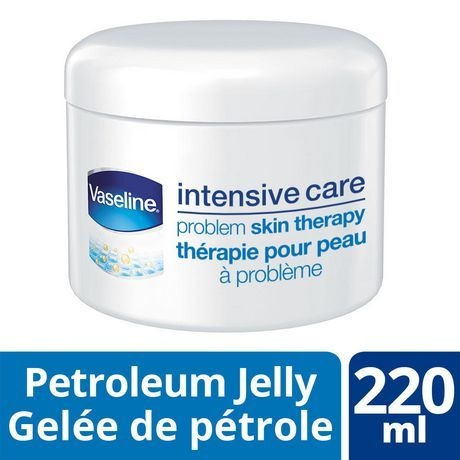
Image credit: https://www.walmart.ca/
Petroleum jelly is an ingredient used in many skin care products, such as Vaseline, to prevent water loss from the skin to keep it hydrated. However, the application of this product is quite messy which is why it is best to use at night right before bedtime.
To use petroleum jelly, simply apply and gently massage a small amount on your entire face. For best results, leave it on your face overnight--just don't forget to put a cover (an old shirt or towel) on your pillow to avoid soiling your pillowcase. Do this once a day.
Aloe Vera
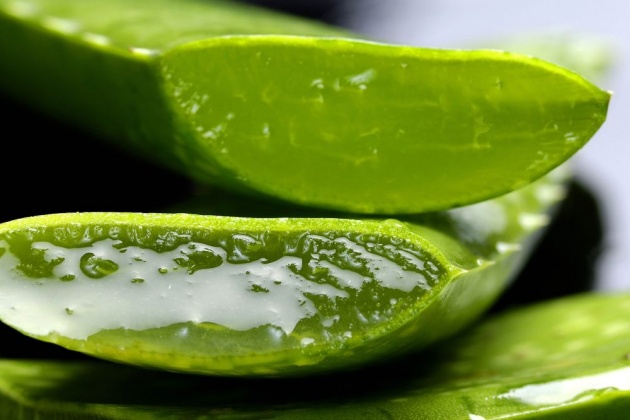
Image credit: casellesingold via Pixabay
The gel found inside aloe vera leaves is one of the most effective treatments for dry and patchy skin. In fact, it has been used since the beginning of time by our ancestors' ancestors. This is why many skincare products include this as one of the main ingredients, but raw and fresh is still best.
Its polysachharide helps to retain the moisture levels in the skin. It also enhances collagen and elastin production in the skin thus restoring its suppleness and elasticity.
Its healing and anti-inflammatory properties can also help alleviate symptoms of psoriasis and eczema.
Milk
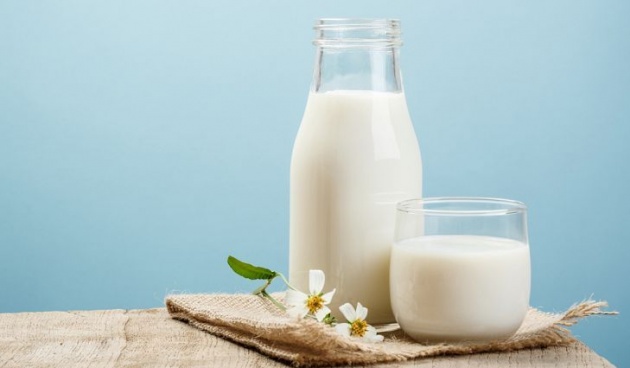
Image credit: https://www.worldatlas.com/
Milk is another ingredient found in many skincare products. You can either drink it or apply it directly on your skin. However, many experts agree to disagree on the direct application of milk to the skin. Some say that milk should only be consumed but never directly applied on the skin while some say that the lactic acid in it actually benefits the skin. Here are some external applications you can do.
Direct application
Milk has anti-inflammatory properties that help alleviate itching. So if you start feeling itchy, you can dip a washcloth in pure milk and gently dab it onto your face. Leave it in for 5 minutes then rinse thoroughly.
Milk bath

Image credit: ivanovgood via Pixabay
Cleopatra is known for her luxurious milk and honey baths. We may not be Egyptian royalty, but who said we can't bathe like one, right? However, bathing in pure milk seems too much. It also hurts my sensible sensibilities because it's such a waste. Instead of pure milk, we can add 2 cups of milk and a quarter cup of honey in warm bath water. Go ahead and have a relaxing bath Cleopatra-style.
Milk powder face mask
To make a milk powder face mas, you will need:
- 2 teaspoons milk powder
- 1 teaspoon honey
- A pinch of turmeric
- Water
What you need to do:
- Mix the dry ingredients to honey.
- Add some water to adjust the consistency.
- Apply the paste to your face and wait for it to completely dry before washing off.
You don't necessarily need to apply this on your entire face, you can use it on certain problem areas only if you wish.
Watch this video for more information on dry skin and what to do about it.
Video credit: Beauty within via Youtube
And that concludes the first part of this blog series. Stay tuned for more dry skin natural home remedies.
~oO0Oo~~oO0Oo~~oO0Oo~~
Thanks for reading! Have a wonderful day ahead of you and keep smiling. :)
Written by Chineyes for bitLanders
For more quality blog posts, you may visit my page
Not yet on bitLanders? Sign up now and be rewarded for sharing ideas, photos, and videos!



